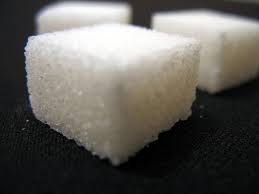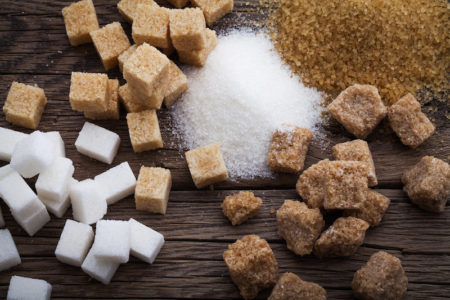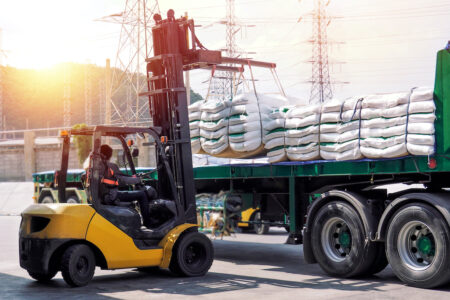The price of sugar

World market raw sugar prices declined abruptly during the third quarter of 2014, as exportable stocks in Thailand and in Brazil weighed on the market, according to Rabobank’s Sugar Quarterly Q3 Report.
March 2015 futures hit a low in mid-September. As a result Rabobank anticipates a modest deficit for the global supply demand balance in 2014-2015. This is expected to help redress – albeit gradually – the current imbalance between export availability and import demand. All commodity price trends are likely to be influenced by macroeconomic developments such as the evolution of the US dollar against other currencies.
“Despite all of the short-term pressure and recent low prices, Rabobank still maintains a constructive view for 2015,” explains Rabobank analyst Andy Duff. “In fact – and opposed to what recent price movements may suggest – our revised supply/demand balance points to a tighter sugar market in comparison to our last estimate in Q2.”
Rabobank have revised the 1.4 million tonnes raw value surplus projected to the finishing 2013/14 international crop year (October/September) to an almost balanced situation. For the coming 2014/15 year, Rabobank has reduced its estimate from a deficit of 0.9 million tonnes raw value to one of 3.2 million tonnes.
Regional outlooks are:
- India: based on current estimates of the new crop in various states, and expected yield and recovery rates, sugar output in 2014/15 will be around 24.5 million tonnes.
- EU: favourable conditions for planting and growth to date, combined with a modest increase in area, indicate that output in 2014/15 could be as much as eight per cent above output in 2013/14.
- Mexico: production in this coming cycle is estimated at 6.3 million tonnes, up from 6.0 million tonnes in 2013/14.
- Brazil: UNICA has revised its estimate of central/south Brazil’s harvest down to 546 million tonnes.
- US: with a tight US sugar balance sheet, a reduced sugar beet crop and an ongoing trade dispute with Mexico, US sugar prices have risen significantly and are expected to remain firm.
- Australia: the Australian sugarcane crush is gaining momentum following a slow start and is forecast at 32 million tonnes, which, if achieved, will be the largest Australian sugarcane harvest in five years.
- Indonesia: production in 2013/14 is expected to be no higher than 2012/13, due to wet conditions during crushing season.
- Thailand: production for 2014/15 is expected to fall by more than nine per cent, after drops for the past two years.
- China: production for 2014/15 is looking to fall around nine per cent year on year from 2013/14.


